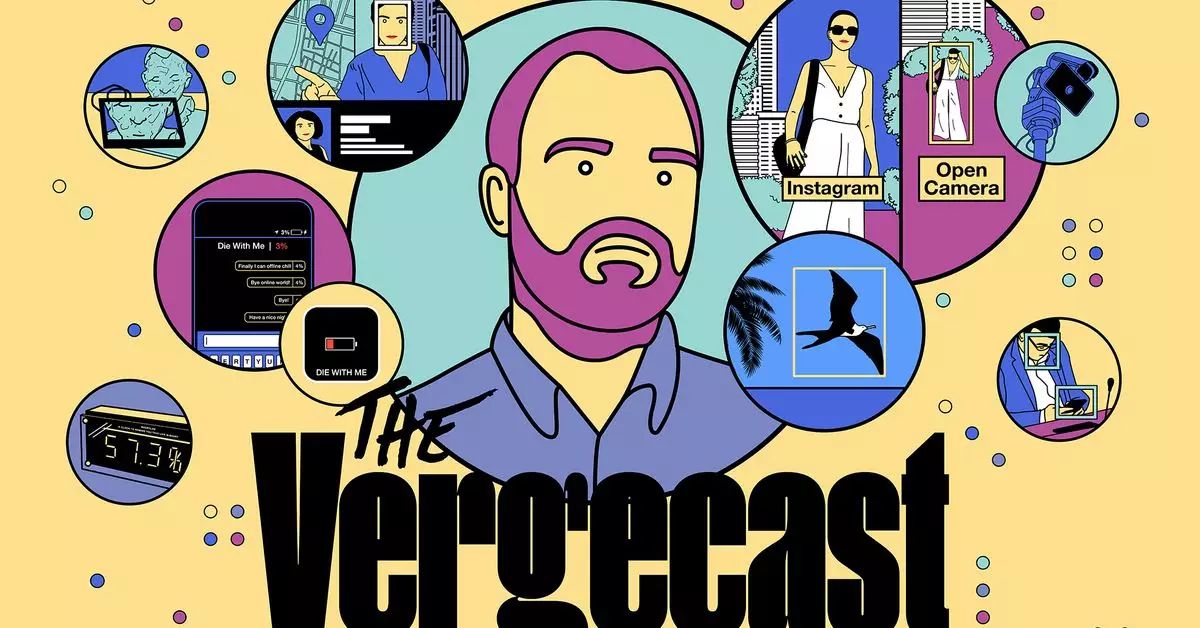In the realm of AI applications, the concept of receiving selfie advice from a voice clone of Kylie Jenner may seem absurd yet strangely inevitable. This experimental app, created by artist and programmer Dries Depoorter, is not widely available for mass consumption just yet. By leveraging APIs from OpenAI and ElevenLabs, along with a basic understanding of Python, users can enhance their selfie game. The process involves capturing a photo through the webcam, sending it to ChatGPT with a prompt for humorous advice in the style of Ms. Jenner, and then using an ElevenLabs voice clone to deliver the feedback. The result? Suggestions like “Turn towards the light, lose the headphones, and think mysterious thoughts to spice it up,” emphasizing the crucial role of lighting in photography.
Beyond the quirky selfie app, Depoorter is known for his extensive portfolio of thought-provoking installations and online experiments. These include a life countdown clock, a phone charger that requires closed eyes for activation, and a battery-dependent chat app. However, his most controversial work delves into AI and surveillance. By tapping into unsecured webcam feeds worldwide, Depoorter engages in activities like celebrity monitoring, catching jaywalkers in real-time, and holding politicians accountable. This exploration of privacy and anonymity challenges viewers to reassess their digital footprint and boundaries.
In a candid interview, Depoorter delves into his artistic process, vision for AI’s evolution, and response to commercialization demands. His unconventional approach sparks dialogue about the ethical implications of AI integration and digital voyeurism. By dissecting his creations, viewers gain insight into the intersection of technology, creativity, and societal norms. Depoorter’s ability to push boundaries and provoke introspection underscores the symbiotic relationship between art and innovation.
Reflecting on the Future
As AI continues to permeate everyday life, artists like Depoorter serve as cultural critics and innovators. By leveraging technology to challenge conventions and spark dialogue, they pave the way for interdisciplinary collaborations and ethical considerations. Depoorter’s work raises pertinent questions about the boundaries of surveillance, the commodification of personal data, and the role of AI in shaping our perceptions of reality. Through his provocative lens, viewers are encouraged to reevaluate their relationship with technology and the ever-evolving digital landscape.
Dries Depoorter’s fusion of AI and art transcends traditional boundaries, inviting audiences to confront uncomfortable truths and reevaluate societal norms. By pushing the limits of creativity and technology, he challenges us to confront the ethical implications of innovation and surveillance in the digital age.


Leave a Reply